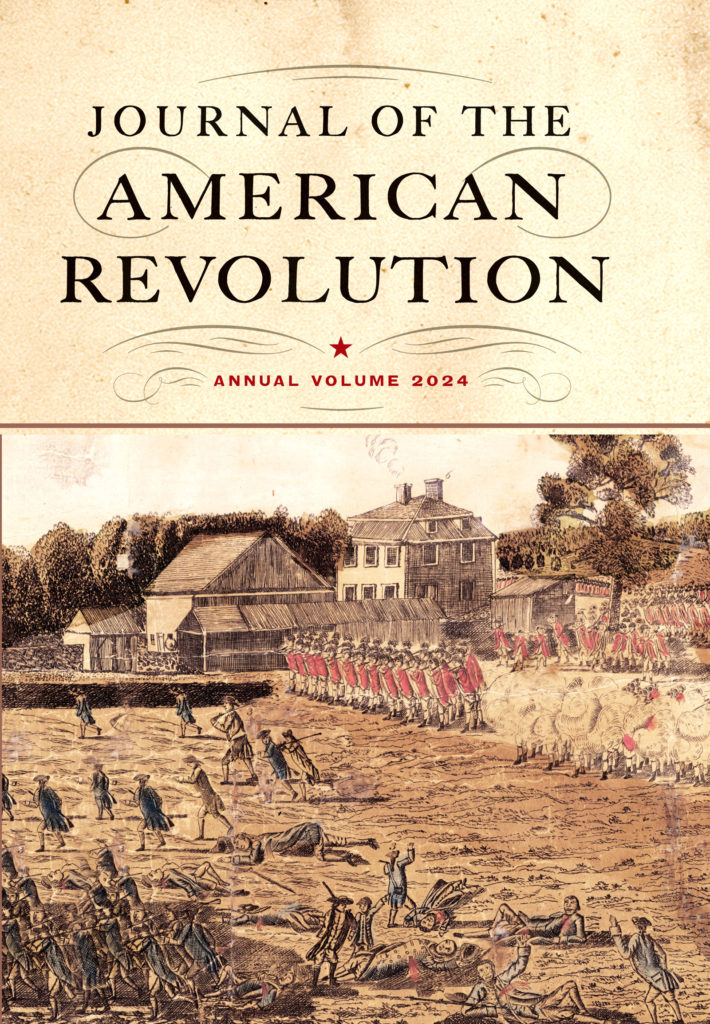What shifted the label of “terrorism” from mob rule, as I
described on Friday, to today’s image of it as sneak attacks on civilians by relatively small shadowy groups?
One major factor, I think, was the shift to democratic governance. When America’s Sons of Liberty used
mob violence against royal
Customs officials, they had little other power over those appointees. Colonists couldn’t vote on those men or their salaries, and they couldn’t vote for the men in London who appointed those men. For all of Boston’s reputation for lawlessness, the pre-Revolutionary period saw no attacks on the
town’s elected officials or employees (except by
British army officers who resented
watchmen’s claims of authority).
In democracies the majority can express its desires through elections and therefore rarely sees a need for violence (with some exceptions, such as the race riots of the 1800s and early 1900s). That has generally left domestic political violence for smaller groups who feel they have no other way to affect the political system. Sometimes those are substantial ethnic or religious minorities who feel oppressed. Sometimes they’re small political minorities who justified in their cause, such as radical
abolitionist John Brown in the 1850s or diehard segregationists a century later. Sometimes terrorism is a form of warfare between countries, of course, but even in those cases the terrorists often feel that their targets have oppressed them and occupied their land.
Alongside the change in political structures around the world came change in technology. Scientists like Alfred Nobel invented dynamite and other new explosives. Gunmakers produced machines that shot lots of bullets in a very short time. And we have more control over deadlier poisons, like sarin gas. That means individuals and small groups can produce as much destruction in a short time as an eighteenth-century mob.
When Guy Fawkes and his co-conspirators wanted to blow up King James I and
Parliament in 1605, they reportedly assembled thirty-six barrels of
gunpowder in a cellar beneath the building. That took months. The first supply of powder decayed and had to be replaced. Eventually people noticed.
It took a Boston crowd all night to ruin Lt. Gov.
Thomas Hutchinson’s house in 1765, and the structure remained standing.
Destroying the East India Company tea in 1773 required scores of men and boys working for hours and the collusion of hundreds of onlookers.
Similarly, at the
Boston Massacre in 1770, seven threatened soldiers killed five people and wounded six. They did so by double-loading their muskets and in most cases firing straight into a densely packed crowd. But after all the soldiers but one had pulled their triggers, they had to reload before another shot. If the crowd hadn’t been too stunned to counterattack, the soldiers’ bayonets would have been their only defenses.
When a sailor named
Samuel Dyer tried to shoot two Royal
Artillery officers in Boston in October 1774, his pistols misfired, and he ended up chasing them around with one of their swords before running away.
Today’s guns are more efficient at shooting bullets. As last week’s news reminded us, a single person can shoot dozens of people in minutes. We worry that a single individual can conceal enough explosive to kill a bunch of people in a body cavity. Technology has made mass murder, and thus terrorism, much easier.
The eighteenth century provided only one way for an individual or small group to destroy a lot of property at once: arson. Of course, the spread of a fire depended on weather conditions and often wasn’t fast enough to kill people. But it could cause tremendous property damage and disrupt whole communities. Fire was what Americans feared when they traded rumors that rebellious slaves or British troops were “burning the town.”
On 21 Sept 1776 a fire destroyed five hundred buildings in
New York City, just captured by the British military. That night, royal authorities arrested
Nathan Hale as a rebel agent, and the next day they hanged him. Historians debate whether Hale had helped to set those fires, but the British probably suspected he had.
Fire is how
James Aitken, alias John the Painter, attacked British shipyards and other sites as a secret and fairly freelance American agent during the war. Jessica Warner’s study of Aitken is titled
The Incendiary: The Misadventures of John the Painter, First Modern Terrorist, but the little damage he produced shows how much more dangerous a small band of modern terrorists can be.







